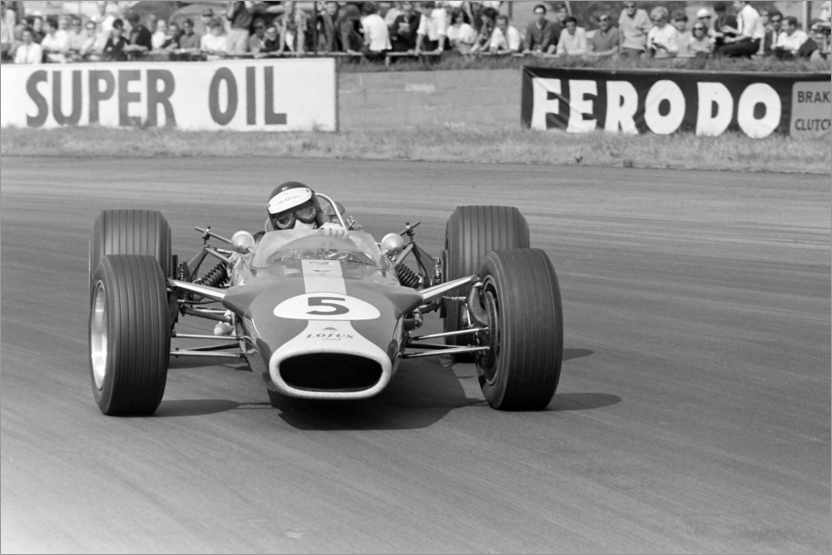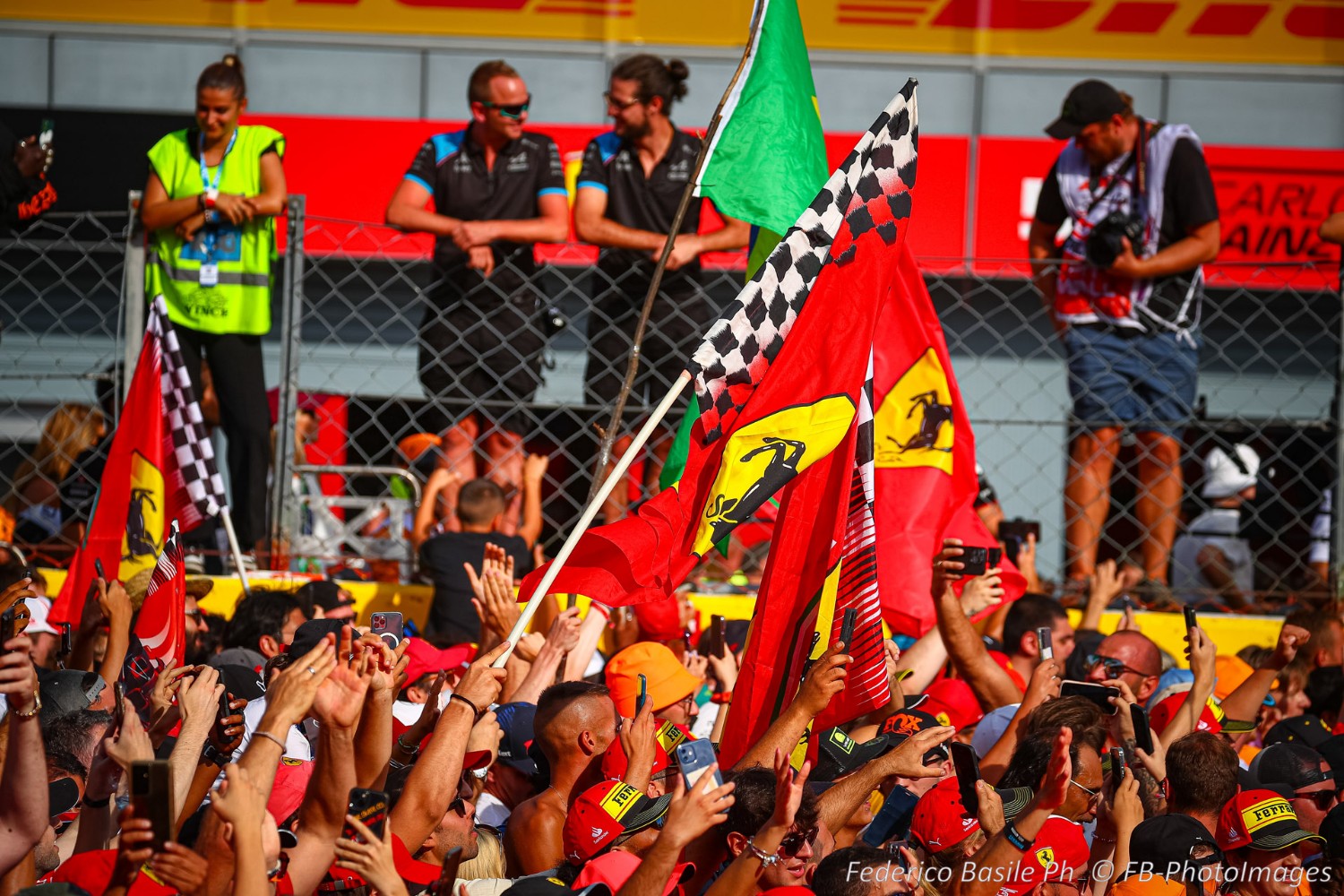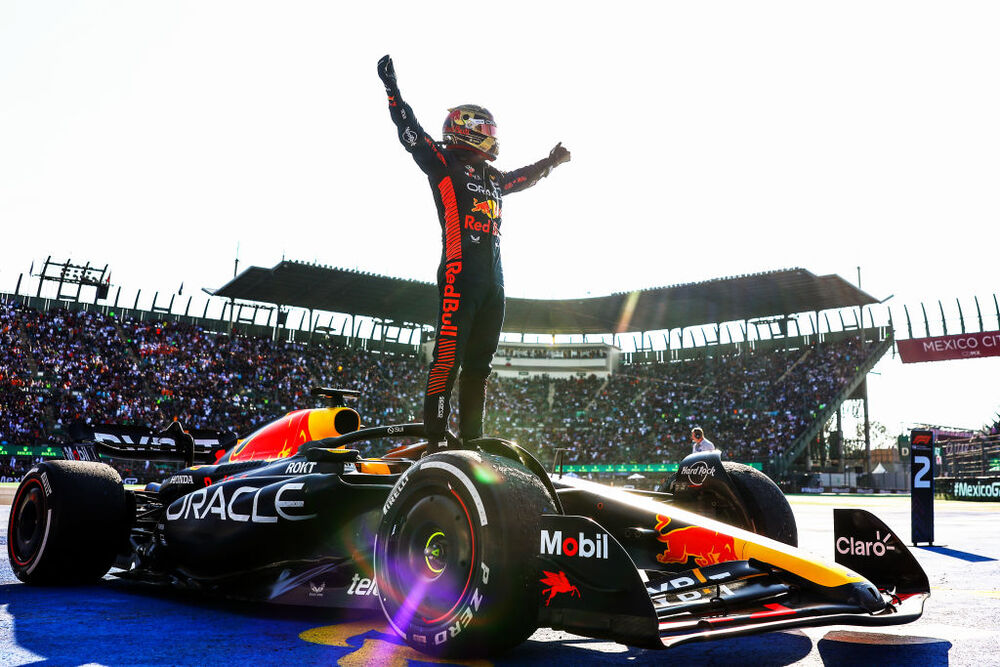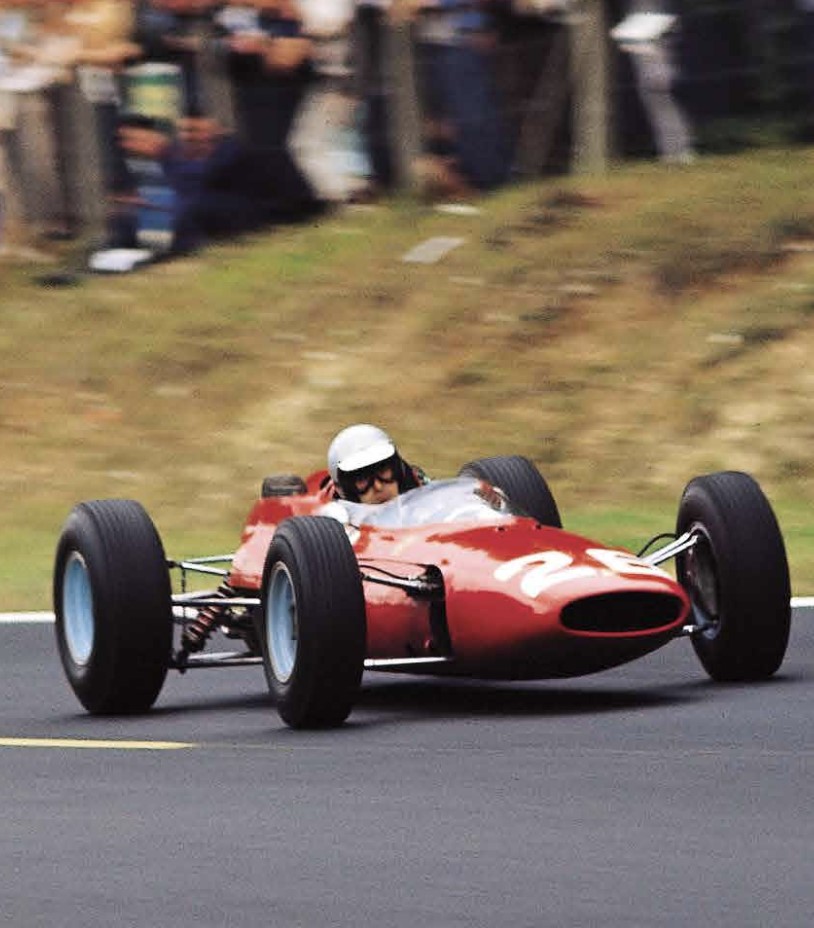The Evolution of Motorsports and the Thrill of Modern Racing
Motorsports have always been a symbol of speed, innovation, and sheer human determination. From the early days of rudimentary motorized vehicles racing along dusty tracks to the high-tech, high-speed spectacles we see today, the evolution of motorsports is a testament to our love for pushing the boundaries. This journey through time not only showcases technological advancements but also mirrors the changing tastes and interests of racing enthusiasts worldwide.
The Dawn of Motorsports
The origins of motorsports can be traced back to the late 19th century. The first organized automobile race occurred in 1894, from Paris to Rouen. It wasn’t a race in the modern sense but more of a reliability test for the burgeoning automobile industry. Participants were judged on the safety, handling, and overall performance of their vehicles, rather than just speed.
As the automobile industry advanced, so did the nature of the races. The early 20th century saw the birth of iconic races like the Indianapolis 500 and the 24 Hours of Le Mans. These races tested not only the speed but also the endurance of both the machines and their drivers. The thrill of these events captivated audiences and laid the foundation for motorsports as a major spectator sport.
The Golden Age of Racing
The post-war period is often referred to as the golden age of racing. The 1950s and 1960s were marked by rapid advancements in automotive technology and the emergence of legendary drivers like Juan Manuel Fangio, Stirling Moss, and later, Ayrton Senna and Alain Prost. Formula One, in particular, rose to prominence during this era, becoming the pinnacle of motorsport.

This period also saw the rise of other forms of racing, such as rallying and drag racing, each with its own unique appeal and challenges. Rally racing, with its unpredictable terrains and weather conditions, tested the versatility and skill of drivers. Drag racing, on the other hand, was all about raw power and speed over a quarter-mile strip.
The Role of Technology
One of the most fascinating aspects of motorsports is the continuous integration of cutting-edge technology. Modern racing cars are marvels of engineering, featuring advanced aerodynamics, lightweight materials, and powerful yet efficient engines. The introduction of hybrid technology and electric vehicles in series like Formula E highlights the sport’s commitment to sustainability and innovation.
Simultaneously, the use of data analytics and telemetry has revolutionized race strategy and performance optimization. Teams now have access to real-time data on everything from tire wear to engine performance, allowing them to make split-second decisions that can mean the difference between victory and defeat.
The Element of Chance
One aspect that remains a constant in motorsports is the element of chance. No matter how advanced the technology or skilled the driver, the unpredictability of racing keeps fans on the edge of their seats. This element of chance is not unlike the thrill one might experience while playing a game of chance like Joker Jewels casino online game. Just as a split-second decision can change the outcome of a race, a single spin can lead to unexpected results, adding to the excitement and allure.
The Global Appeal
Motorsports have a unique ability to transcend cultural and geographical boundaries. Events like the Formula One World Championship, the World Rally Championship, and the MotoGP attract millions of fans from around the globe. Each race is a celebration of speed and skill, drawing in diverse audiences who share a common passion for racing.

This global appeal has also led to the diversification of the sport. While traditional racing strongholds like Europe and North America continue to dominate, countries in Asia, the Middle East, and Latin America are emerging as key players in the motorsport landscape. Tracks in places like Abu Dhabi, Singapore, and Mexico City have become integral parts of the racing calendar, adding new dimensions and challenges to the sport.

The Future of Motorsports
As we look to the future, motorsports continue to evolve in exciting ways. The rise of electric and autonomous vehicles promises to bring about significant changes in the way races are conducted and perceived. Formula E, the all-electric racing series, is leading the charge, showcasing the potential of electric vehicles in high-performance scenarios.
Additionally, the integration of virtual and augmented reality into motorsports is set to enhance the fan experience. Imagine watching a race from the driver’s perspective or getting real-time updates and statistics overlaid on your view of the track. These advancements will not only make the sport more immersive but also more accessible to a broader audience.
In conclusion, motorsports, with their rich history and continuous evolution, offer a unique blend of technology, skill, and sheer excitement. The sport continues to push the boundaries of what is possible, remaining a thrilling spectacle for fans worldwide because the thrill of the unknown and the pursuit of victory are universal experiences that continue to captivate and inspire.
